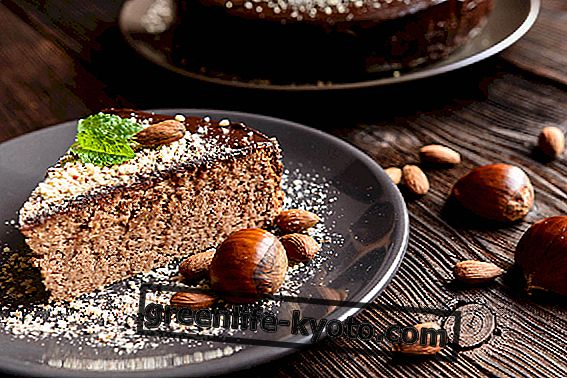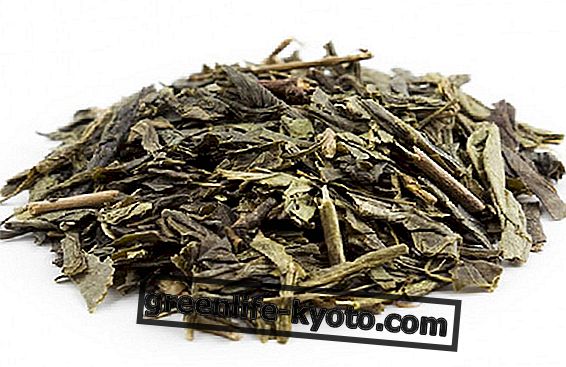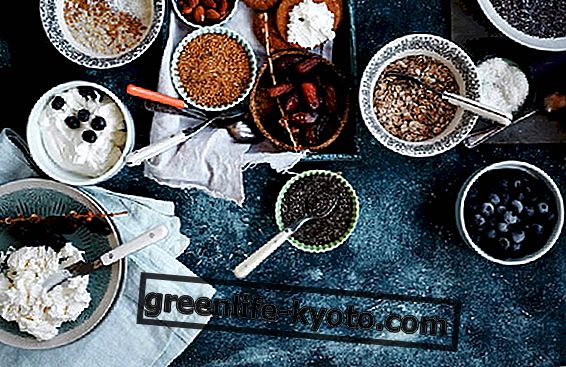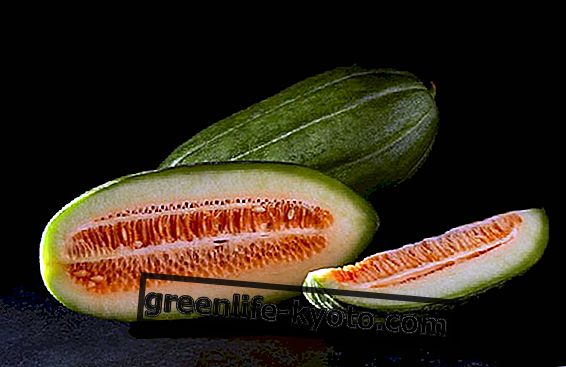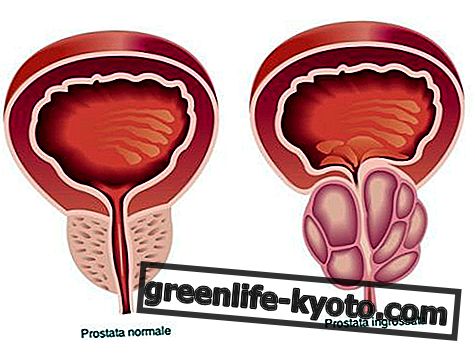
Stretching was born in the USA in the 1970s, essentially as a set of physical re-education physical exercises, useful in periods of functional recovery.
The spread of the stretching culture is today of such dimensions that there is no sports training program of the various specialties that does not include such exercises; in fact, stretching takes on a fundamental importance in sport.
The term stretching derives from the English "to stretch", which means stretching, stretching, and has as its primary and fundamental objective the increase in extensibility and flexibility and joint mobility. It acts both directly and indirectly on elasticity and muscular contractility .
Below, I explain the types of existing stretching. An example is static or dynamic stretching, the most classic; I generally recommend it at the end of the training session, called post workout.
I suggest to do it often at the end of the training session for various effects: it restores the muscles in optimal conditions, given that during training the muscle fibers have been shortened ; furthermore, it allows the body levers to act with the greatest biomechanical efficiency, to maintain good joint mobility and to increase the removal of lactate and metabolic waste.
How to do good stretching
I advise my students to perform stretching even at the beginning, after having raised the body temperature of the various systems - locomotor, respiratory, cardiocirculatory - through some free body exercises, because stretching the muscle fibers is able to have a greater potential for contraction . I advise against practicing it cold, because it is performed in a heating phase and can negatively affect performance, lowering the ability to activate the central nervous system (CNS).
Then there is proprioceptive stretching, called PNF. The latter is performed in the field of motor rehabilitation after an intervention as a rehabilitation therapy; different in the process, unlike the one we know more classic. The rules to keep in mind in any stretching program are the following:
> the progression in the intensity of the exercises, which must be carried out blandly for a sufficiently long time (about 20-30 seconds);
> breathing during stretching must be normal and quiet, you should never hold your breath during a stretching exercise. Good and correct breathing is important because adequate oxygenation attenuates the state of tension;
> There must be no rapid movement exercises that exploit gravity and inertia, such as the so-called "springs"; this is because the purpose of the exercise is to increase muscle distensibility;
> The temperature must not be lower than 18 degrees, as the cold stiffens the muscle acting both on the viscoelastic component, and in a way reflected on the innervation;
I conclude with a list of benefits that regular stretching does:
> benefits in muscle and tendon level (increases elasticity of muscles and tendons);
> prevention of joint trauma;
> better ability to move;
> benefits on the joints (stimulates joint lubrication and the synovial fluid contained in the joint capsule, attenuating degenerative diseases);
> benefits on the cardiovascular and respiratory systems (promotes circulation, improves breathing and decreases blood pressure;
> benefits on the nervous system (reduces physical stress and promotes coordination of movements).




